7 Energy Stocks to Buy Before Oil Prices Rebound
Heading into 2016, energy stocks seemed poised to end their swoon.


Heading into 2016, energy stocks seemed poised to end their swoon. Yet January is shaping up to be a cruel month for the sector, which has slumped about 10% so far this year. Despite a recent rally to $32 per barrel, oil prices are still nearly $5 below where they stood at the end of 2015. As bears see it, so much oil is now being pumped around the world—with more to come as Iran ramps up production—that further price declines are inevitable.
Should you wash your hands of oil stocks? Doing so now may be selling near the bottom. Although the price of oil could dip into the low $20s, it isn’t likely to stay there for long. Global demand is growing. And the surge in supplies over the past few years is likely to taper off as producers scale back on plans to discover and drill for more oil. Kiplinger’s expects a barrel of West Texas crude oil to fetch between $35 and $40 by May. A year from now, prices are likely to be higher.
If you’re looking for bargains in the energy sector, take a look at our seven promising stock picks.
Stock prices and returns are as of January 21, 2016; the price of oil, as of January 22.
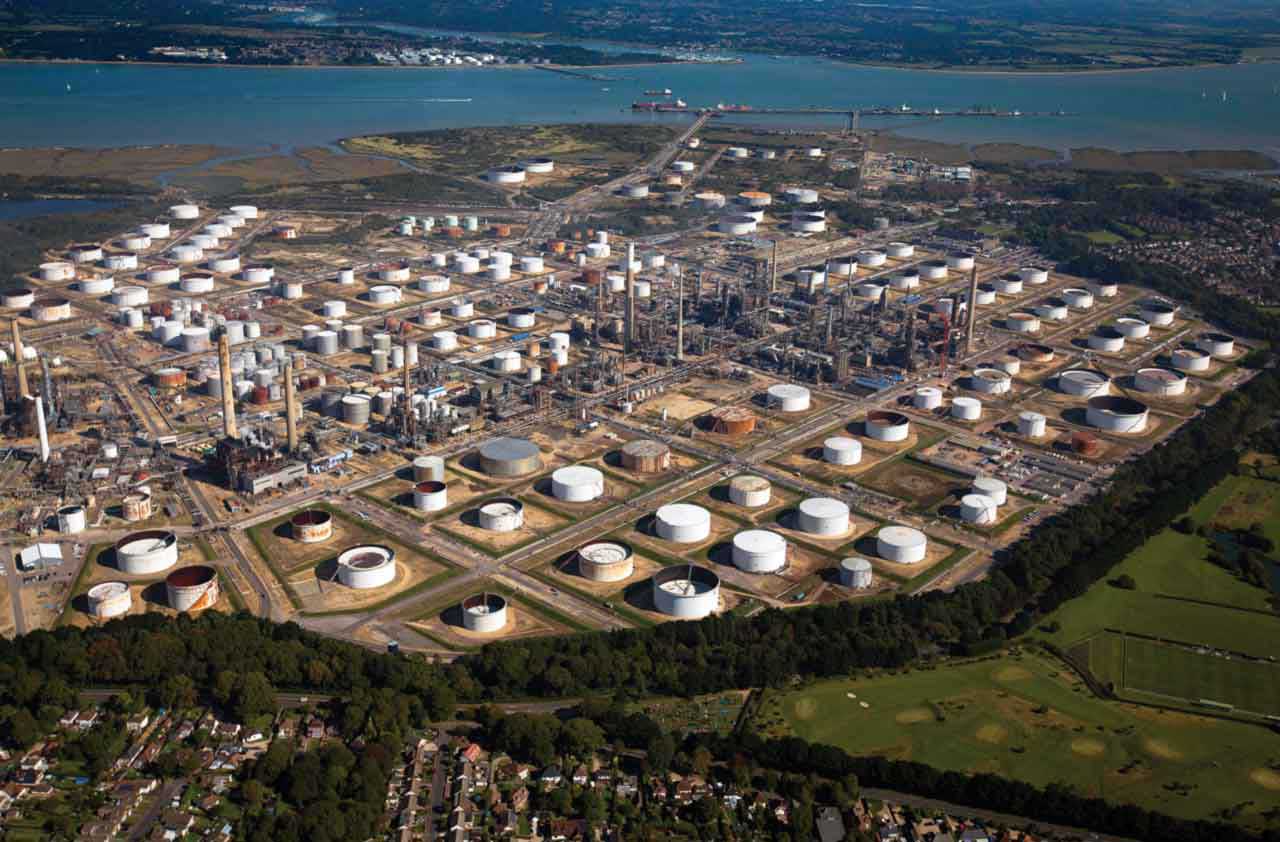
ExxonMobil
- Symbol: XOM
- Price: $74.10
- Yield: 3.9%
- SEE ALSO: 26 Best Stocks for 2016
Exxon, the supertanker of energy stocks, earns money from both oil-and-gas production and refining and gas stations. With its latest financial results due out on February 2, Exxon is expected to report a 38% slide in revenues for 2015 to an estimated $255 billion. But Exxon is getting leaner, slashing operating costs and trimming its budget for new projects to help shore up profits. Exxon is also one of only three publicly traded companies with a higher credit rating than Uncle Sam (though Standard & Poor’s says it may trim the firm’s triple-A rating within the next two years).
Exxon’s oil-and-gas production isn’t rising as fast as that of smaller companies. But Exxon still aims to boost 2017 production by 5% from 2015 levels. The business has historically earned higher returns on capital (a measure of profitability) than major rivals. And Exxon’s financial strength gives it flexibility to buy distressed companies with assets that could boost its bottom line.
Exxon also pays investors to wait for a rebound with a dividend that’s sacrosanct. Even with profits expected to plunge 46% in 2015, the company hiked its payout by 5.8% in April, pushing its streak of annual dividend increases to 33 years.
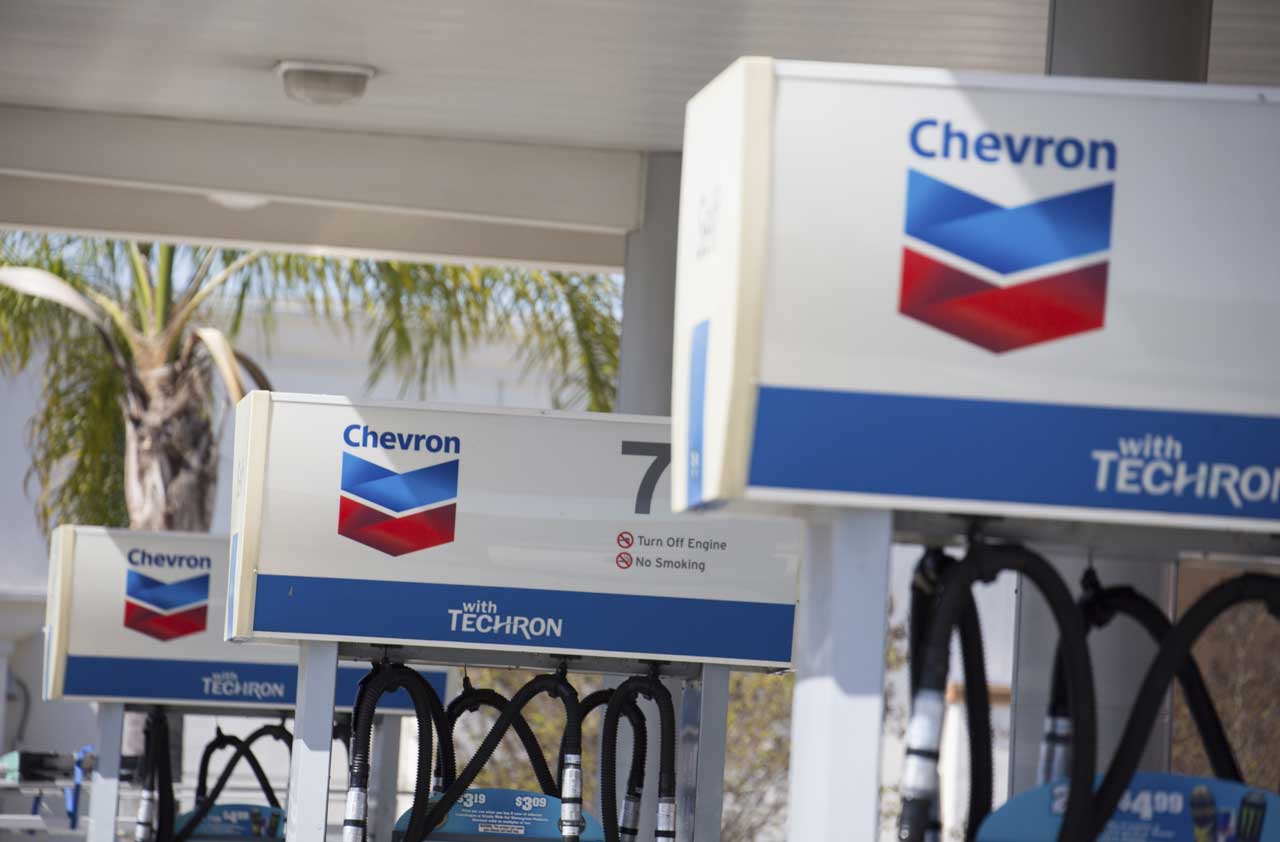
Chevron
- Symbol: CVX
- Price: $81.05
- Yield: 5.3%
Chevron, another colossus, made some massive bets in recent years, plowing more than $107 billion into projects ranging from a liquefied natural gas plant in Australia to oil wells off the coast of West Africa. With several of those projects now up and running, the payoff to investors should be on the way. Wall Street sees Chevron’s earnings per share diving 28% in 2016, to $2.50. In 2017, however, the firm should more than double its profits, making an estimated $5.31 in earnings per share.
In the near term, Chevron isn’t making enough money to fully cover its dividend. But CEO John Watson has said his priority is to keep payments intact and raise the dividend over time. To bridge the funding gap, the company is scaling back on natural-gas drilling in the U.S. and on other projects, and it’s cutting its budget for oil-and-gas. Those moves should help shore up its finances until 2017, when Chevron expects free cash flow (cash flow minus the capital expenditures needed to maintain or expand the business) to cover its dividend.
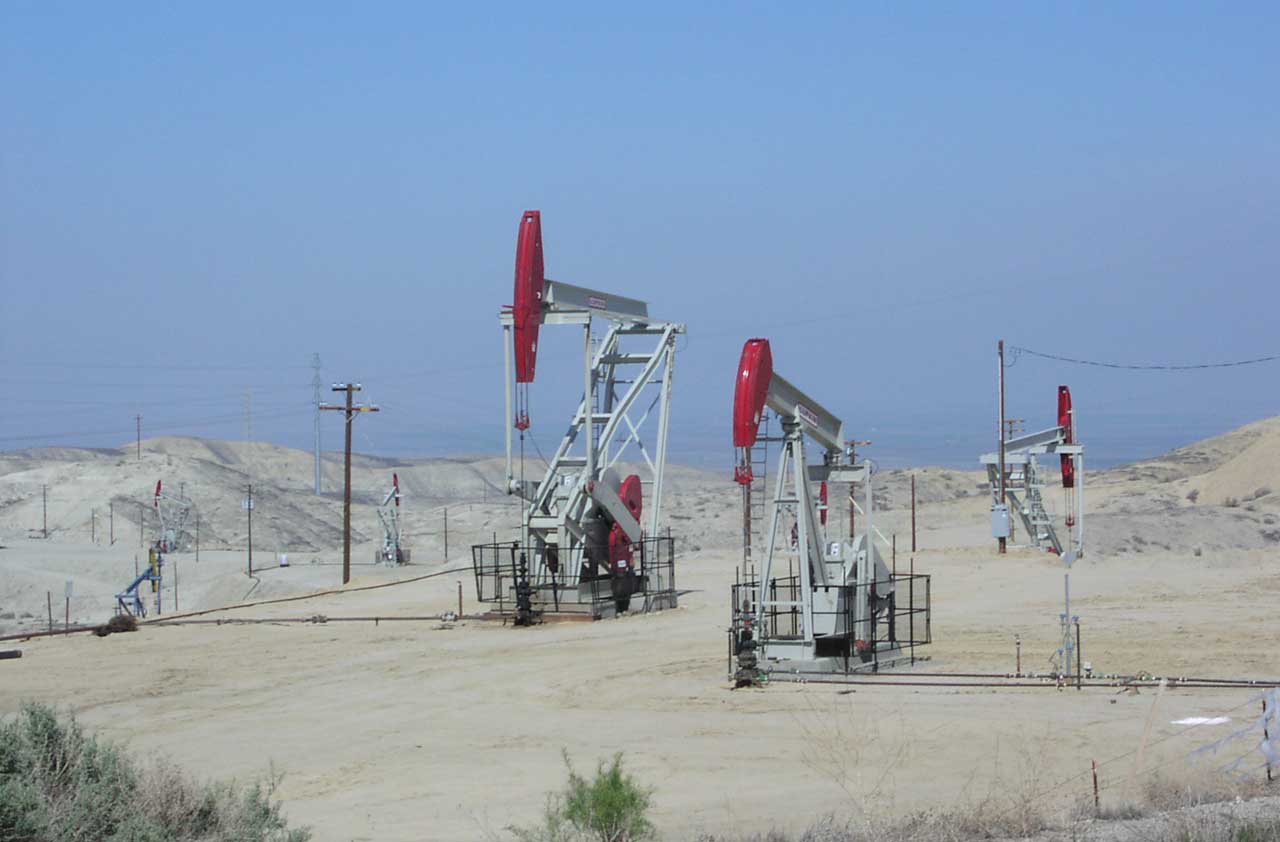
Occidental Petroleum
- Symbol: OXY
- Price: $60.85
- Yield: 4.9%
One of the largest domestic energy companies, Occidental is like a “mini major,” with a mix of oil-and-gas production, pipelines and chemical refineries. Its balance sheet is relatively healthy, with $6.9 billion in long-term debt offset by $2.5 billion in cash. Moreover, although most domestic drillers are spending more on capital projects than they are generating in cash flow simply to keep production flat, Oxy should be able to both boost production and deliver robust levels of free cash flow, says BMO Capital Markets.
Underpinning its business, Oxy owns a deep inventory of wells in the Permian region of Texas and New Mexico, one of the areas in the U.S. that is most conducive to the economic production of oil. If oil manages to stay above $60 a barrel—a price at which it becomes profitable to drill a lot more wells—Occidental estimates that it has 27 years’ worth of production in that region alone. Occidental also owns a 40% stake in a natural-gas production business in the United Arab Emirates, and it’s expanding into chemical production with a new ethylene plant slated to start up in 2017.
Oxy’s stock isn’t the cheapest—at 1.5 times book value, it trades above the industry average. But the company is one of the best positioned to weather a long period of low oil prices, making the stock compelling, says BMO. Oxy should also be able to keep hiking its dividend, which it has raised 13 years in a row.
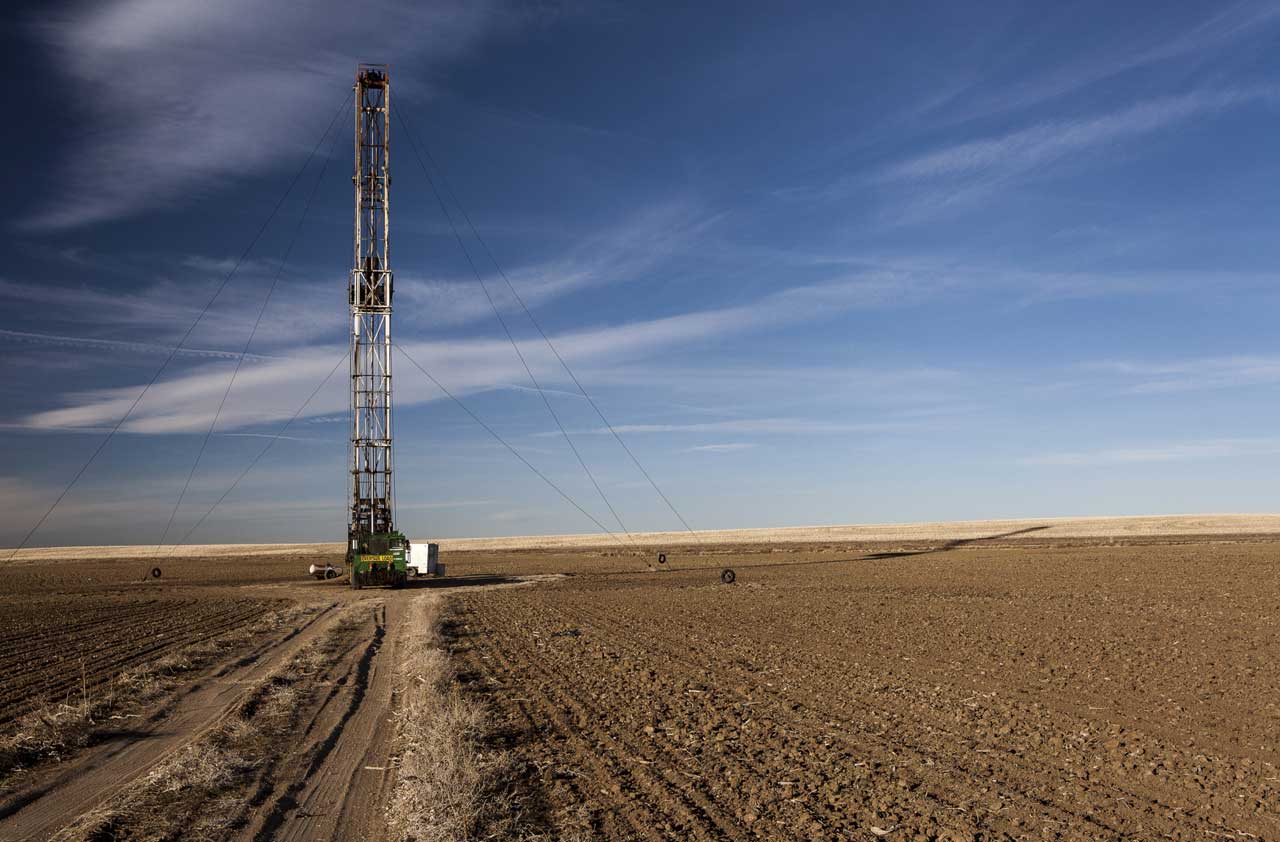
EOG Resources
- Symbol: EOG
- Price: $63.75
- Yield: 1.1%
- SEE ALSO: 8 Best Dividend Stocks of the Dow
EOG may not make much money if the price of a barrel of oil stays in the $20s or $30s. But the domestic U.S. producer has some key advantages that could make it a home-run investment if the commodity rebounds.
EOG owns some of the premier oil-shale locations in the U.S., says Barclays, with vast acreage in areas such as North Dakota’s Bakken region, as well as the Permian and Eagle Ford basins of Texas. EOG runs a tight ship, too. It isn’t laden with debt, so it has the ability to buy assets. And it’s well managed financially, earning an 8.8% return on invested capital, compared with an industry average of 4.8%.
Low oil prices are forcing EOG to slash spending on exploration, and Wall Street expects the company to post a loss of $3.6 billion in 2015, largely due to some big asset write-offs. Yet rather than pump more oil at rock-bottom prices, EOG is waiting for a rebound before completing 320 of its wells. Moreover, EOG can make plenty of money if oil recovers into the $50s: Its “best and largest” well opportunities generate 40% after-tax returns with oil priced at $50 per barrel, according to Barclays, which rates the stock an “outperform.”

Valero
- Symbol: VLO
- Price: $63.43
- Yield: 3.2%
The world’s largest independent refiner, Valero is raking in profits these days. Falling prices for crude oil and natural gas (its primary “feedstocks”) have boosted profit margins on its refined products. And with demand running strong, Valero reported net income of $1.4 billion in the third quarter of 2015, up 30% from the same period a year earlier. Valero also hiked its quarterly dividend by 25%, to 50 cents a share, bringing its total payout increase for 2015 to a whopping 82%.
One of Valero’s big advantages is the prime location of its refineries, which are along the Gulf Coast of Texas and Louisiana and not far from oil fields in the region. Valero also looks well positioned to export more refined products to Latin America and other areas where demand is climbing, says Robert Thummel, a fund manager at Tortoise Capital Advisors, an investment firm in Kansas City, Kan., that specializes in energy.
Valero’s good times would end if oil rebounded to $70 a barrel; profit margins would shrink, and demand for various fuel products could slump. Yet Valero has other revenue streams to help it stay afloat. It controls Valero Energy Partners (VLP), a master limited partnership that owns pipelines as well as storage and logistics businesses. Valero also sells fuel at more than 7,000 gas stations and operates 11 ethanol plants.

Spectra Energy Partners
- Symbol: SEP
- Price: $41.92
- Yield: 6.0%
- SEE ALSO: Income Flows From Energy Partnerships
As a master limited partnership, Spectra shells out most of its available cash to investors every three months. Its 5.9% yield isn’t the highest among MLPs, which pay 10% on average. But Spectra has raised its distribution for 32 quarters in a row, and it shows no signs of ending the streak. The firm plans to raise its distribution at an annual rate of 8% to 9% through 2017.
Fueling growth are plans to spend $20 billion on new pipelines and other projects. Spectra already owns key pipelines in the gas-rich Marcellus/Utica shale regions of Pennsylvania and Ohio. Plans are under way to expand the network to deliver more gas to customers in the Northeast and Canada, along with manufacturing plants in the South, where demand for the commodity is high. Moreover, low gas prices aren’t a problem for Spectra because 95% of its pipeline capacity has been booked in advance, and customers pay by the volume of gas shipped, not the price.
All told, Spectra has “one of the most visible slates of opportunities” in the business, says Credit Suisse analyst John Edwards, who rates the stock an “outperform.” (Keep in mind that MLPs have tricky tax consequences; consult your tax adviser before investing.)
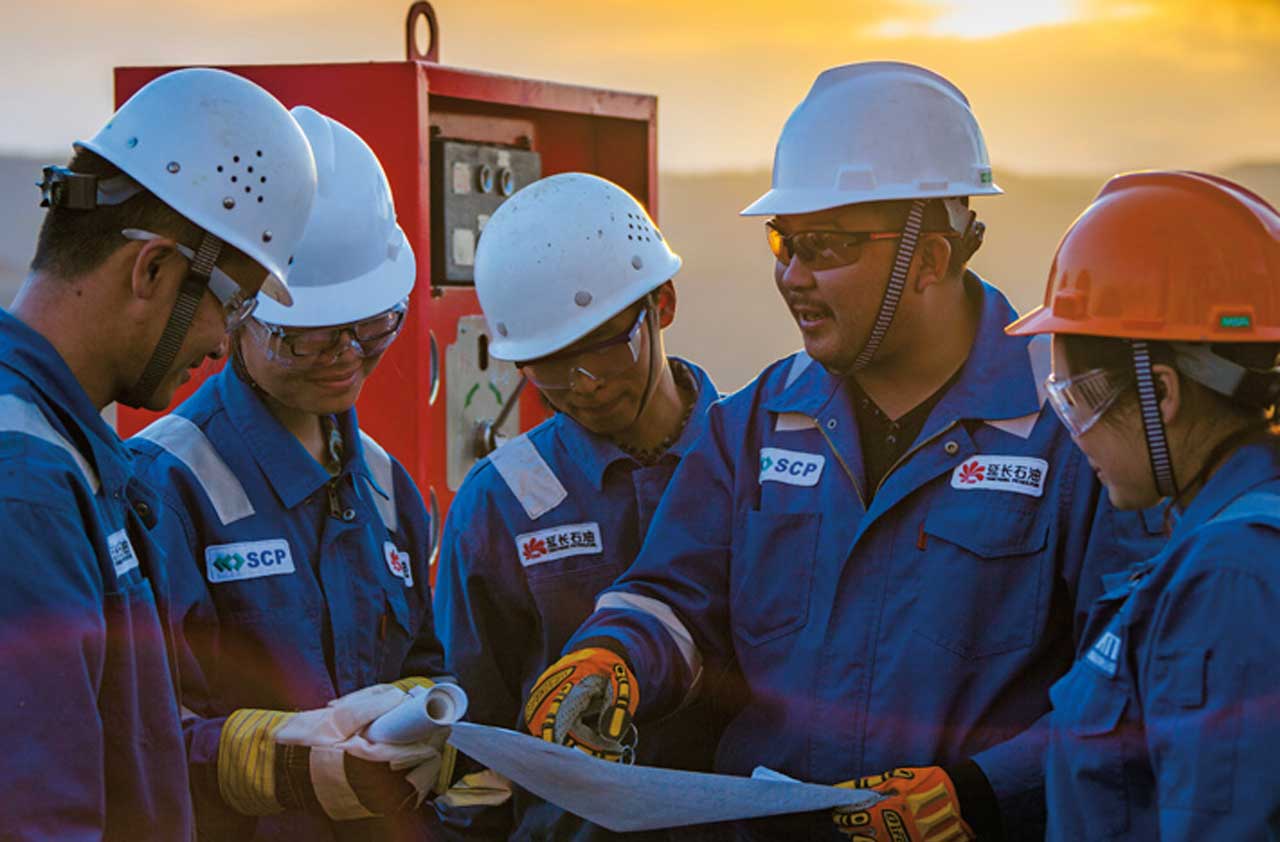
Schlumberger
- Symbol: SLB
- Price: $61.45
- Yield: 3.3%
There’s no sugarcoating the fact that things look bleak for Schlumberger, the world’s largest energy-services company. Customers are cutting spending on drilling and exploration, the industry has excess capacity, and prices are being squeezed. Yet business won’t stay this bad forever. Spending on oil-and-gas projects is likely to revive in 2017, fueling a rebound in sales, says RBC Capital Markets. Paris-based Schlumberger bought oil-well equipment maker Cameron International in 2015, expanding its suite of services. Even before that deal, Schlumberger had industry-leading technologies to help drillers squeeze more oil from wells and trim production costs. The firm’s non-U.S. business should improve, too, boosted by drilling projects that may not make money here with oil at $50, but can do so overseas.
Betting on Schlumberger won’t pay off if oil prices stay in the tank. But analysts see sales climbing 11.8% from 2016 to 2017, reaching $34.6 billion, with profits jumping 37% (after slumping in 2015 and 2016). At its current share price, Schlumberger’s “upside opportunity” beats the downside risk, says RBC analyst Kurt Hallead, who rates it “outperform.”

Funds for Playing an Oil Recovery
Picking stocks isn’t the only way to play a recovery in oil. Funds can get the job done, too. One way to keep it simple: Stick with a passively managed exchange-traded fund, such as Energy Select Sector SPDR ETF (XLE). Tracking the energy stocks in Standard & Poor’s 500-stock index, the ETF recently held 38% of its assets in three global giants: ExxonMobil, Chevron and Schlumberger. The fund yields 4.1%, but that didn’t prevent it from losing 28% over the past year. Its annual expense ratio is just 0.14%.
Another worthy unmanaged fund is iShares U.S. Oil & Gas Exploration & Production ETF (IEO). Focusing mainly on domestic producers, the ETF had 31% of its assets in refiners, such as Phillips 66 and Valero. These businesses make more money when oil prices are low, giving the ETF some support if the commodity stays depressed. The fund, which charges 0.43% annually, lost 34% over the past year.
If you prefer an actively managed fund, consider Fidelity Select Energy Portfolio (FSENX). The fund, which lost 29% over the past year, beat 91% of its rivals over the past five years. Manager John Dowd says he’s focusing on high-quality domestic drillers with “prime acreage” in major U.S. shale regions—stocks that should climb sharply if oil prices eventually perk up. Annual fees of 0.79% are reasonable.
Profit and prosper with the best of Kiplinger's advice on investing, taxes, retirement, personal finance and much more. Delivered daily. Enter your email in the box and click Sign Me Up.

-
 Fed's Rate Cuts Could Have Impacts You Might Not Anticipate
Fed's Rate Cuts Could Have Impacts You Might Not AnticipateUnderstanding how lower interest rates could impact your wallet can help you determine the right financial moves to make.
-
 Past Performance Is Not Indicative of Your Adviser's Expertise
Past Performance Is Not Indicative of Your Adviser's ExpertiseMany people find a financial adviser by searching online or asking for referrals from friends or family. This can actually end up costing you big-time.
-
 I'm want to give my 3 grandkids $5K each for Christmas.
I'm want to give my 3 grandkids $5K each for Christmas.You're comfortably retired and want to give your grandkids a big Christmas check, but their parents are worried they might spend it all. We ask the pros for help.
-
 What Fed Rate Cuts Mean For Fixed-Income Investors
What Fed Rate Cuts Mean For Fixed-Income InvestorsThe Fed's rate-cutting campaign has the fixed-income market set for an encore of Q4 2024.
-
 The Most Tax-Friendly States for Investing in 2025 (Hint: There Are Two)
The Most Tax-Friendly States for Investing in 2025 (Hint: There Are Two)State Taxes Living in one of these places could lower your 2025 investment taxes — especially if you invest in real estate.
-
 The Final Countdown for Retirees with Investment Income
The Final Countdown for Retirees with Investment IncomeRetirement Tax Don’t assume Social Security withholding is enough. Some retirement income may require a quarterly estimated tax payment by the September 15 deadline.
-
 The 24 Cheapest Places To Retire in the US
The 24 Cheapest Places To Retire in the USWhen you're trying to balance a fixed income with an enjoyable retirement, the cost of living is a crucial factor to consider. Is your city the best?
-
 How Inflation, Deflation and Other 'Flations' Impact Your Stock Portfolio
How Inflation, Deflation and Other 'Flations' Impact Your Stock PortfolioThere are five different types of "flations" that not only impact the economy, but also your investment returns. Here's how to adjust your portfolio for each one.
-
 Why I Still Won't Buy Gold: Glassman
Why I Still Won't Buy Gold: GlassmanOne reason I won't buy gold is because while stocks rise briskly over time – not every month or year, but certainly every decade – gold does not.
-
 Should You Use a 25x4 Portfolio Allocation?
Should You Use a 25x4 Portfolio Allocation?The 25x4 portfolio is supposed to be the new 60/40. Should you bite?
-
 Retirement Income Funds to Keep Cash Flowing In Your Golden Years
Retirement Income Funds to Keep Cash Flowing In Your Golden YearsRetirement income funds are designed to generate a reliable cash payout for retirees. Here are a few we like.
